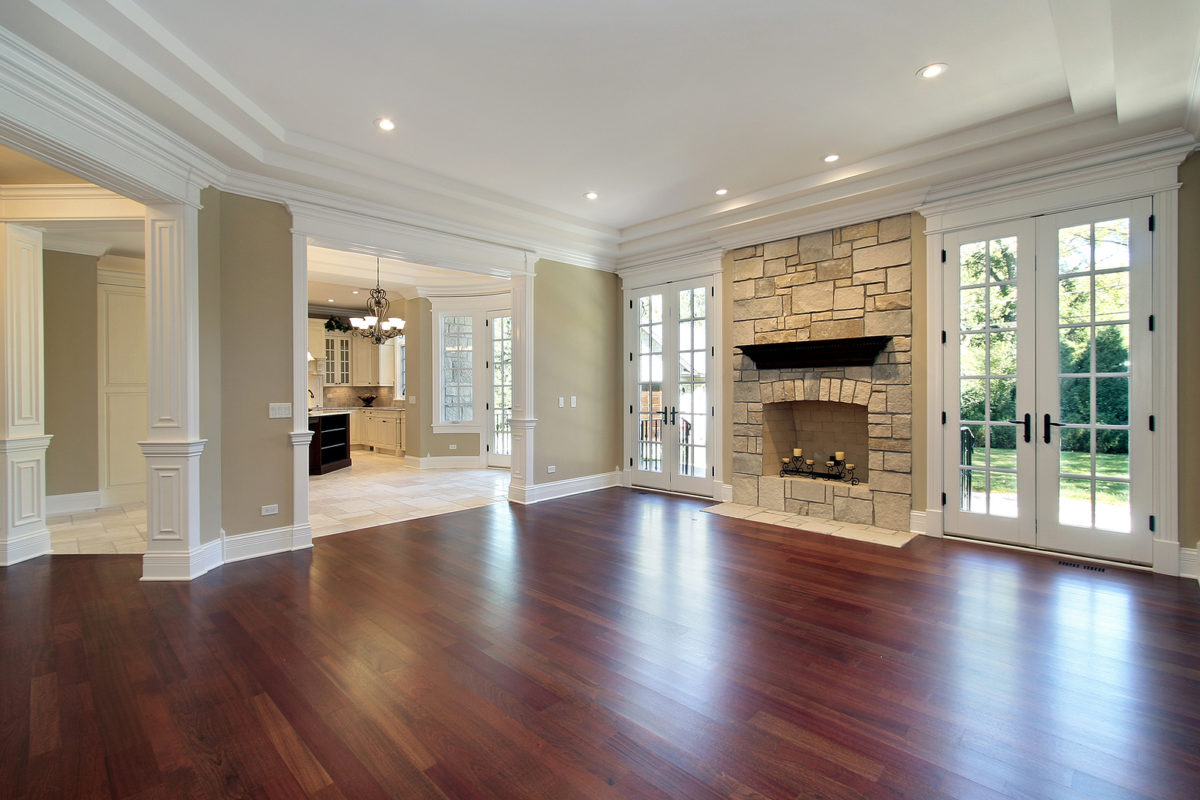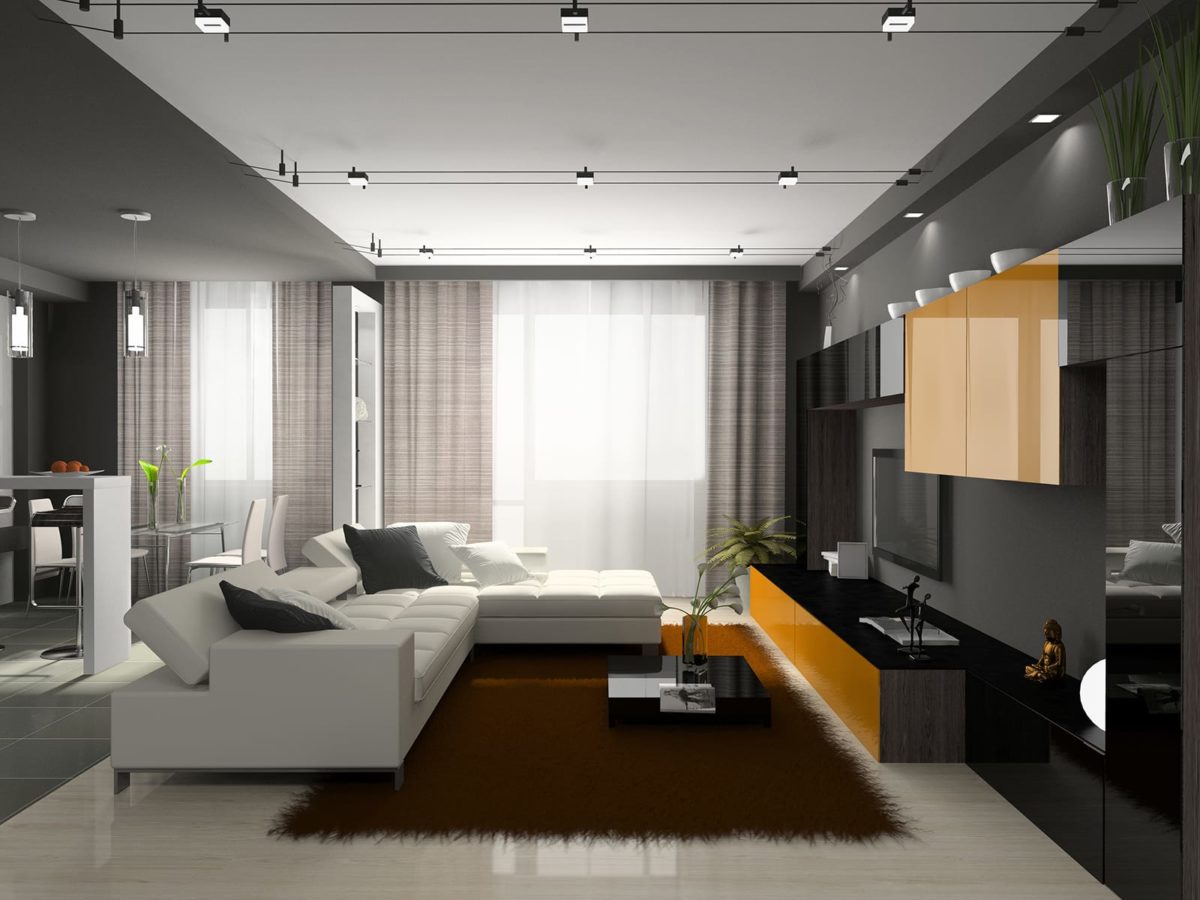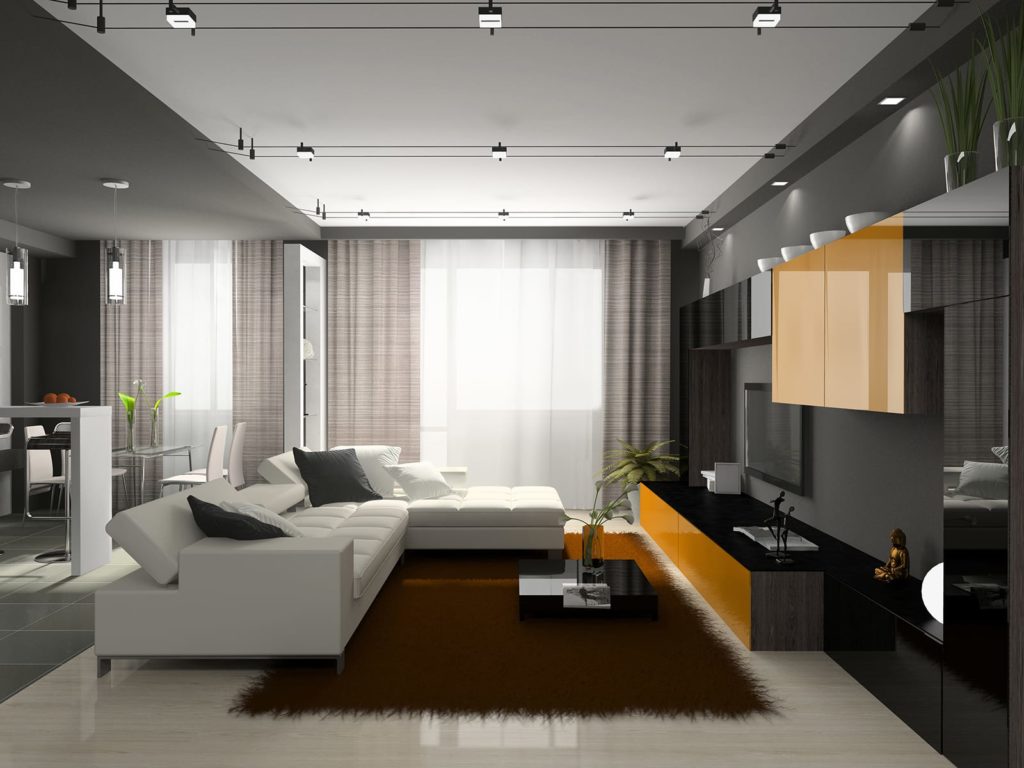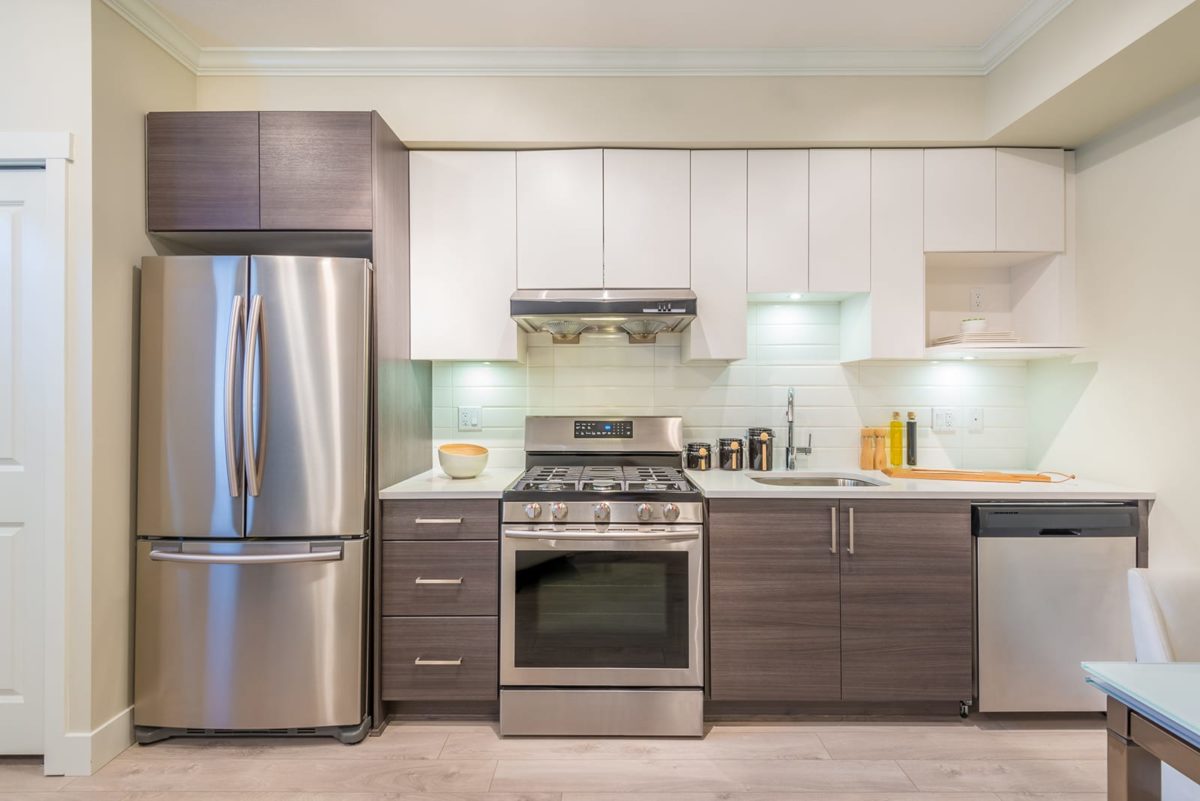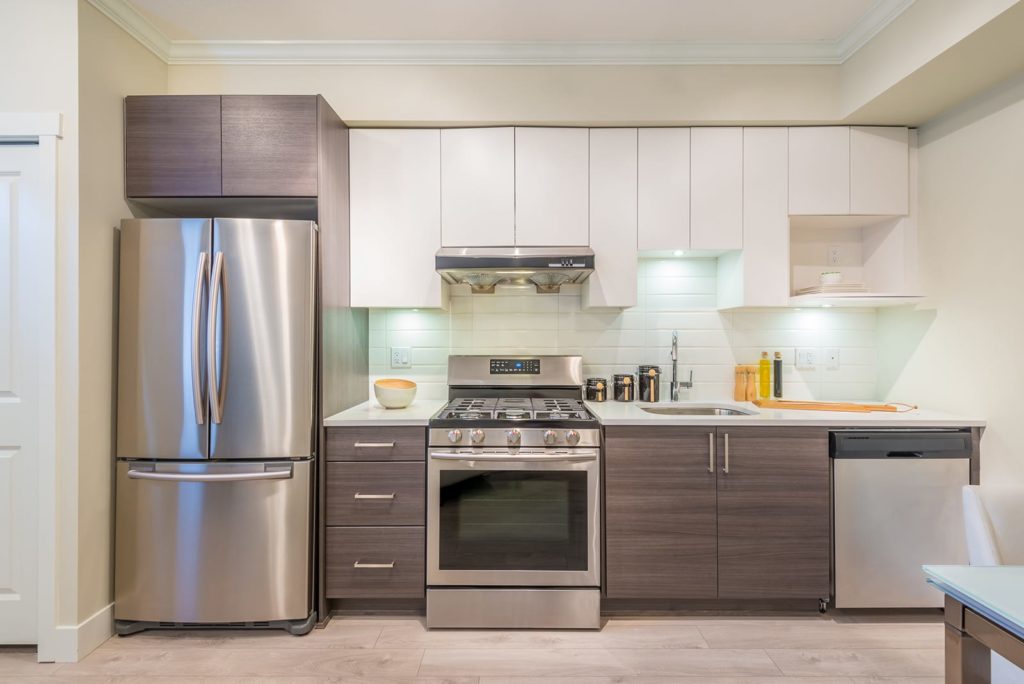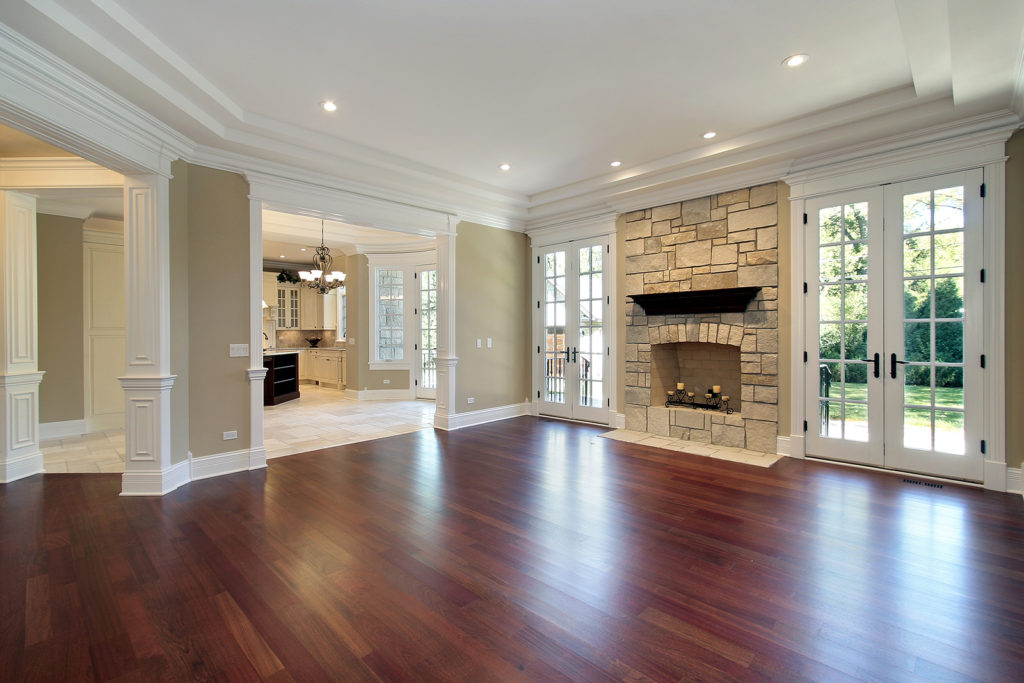
Housing trends come and go – some we’re happy to see sitting at the curb, others we decide to keep around longer. Architects, designers and builders see these trends coming long before we do and we thought it might be fun to take a look at some of what we can expect to see in 2018’s new homes.
1. Not tiny, but smaller
While Gen X is shopping for larger, move-up homes, both baby boomers and millennials are on the hunt for smaller homes.
Because of this, and despite land and labor being pricey, builders are more than happy to supply these homes in 2018.
Small, however, doesn’t mean cramped. You’ll still find the open floor plan that has been popular for the past decade.
One trend worth mentioning is that many new homes will feature “more and larger windows … and multiple skylights,” according to Petro Homes in Ohio. These not only help add natural light to the home, but make rooms appear larger.
2. Kitchen trends
Although the one-room kitchen at the back of the house became extinct over two decades ago, the open kitchen trend continues. The kitchen that opens to the family room or dining room is a trend that will continue as the focus on entertaining grows, or so says a CBS News piece.
Last year’s open-kitchen trends included appliances that blend into the adjacent living spaces. Think wood-front refrigerators.
In 2018, the open-kitchen trend continues, but with the addition of a bit of bling.
You’ll see copper, rose gold and brass in light fixtures and hardware
While granite countertops are still trendy, don’t be surprised to find quartz in high-end new homes. Unlike granite, quartz countertops don’t need to be sealed (and re-sealed).
3. Energy efficiency is trendy
Studies show that “green” homes sell quicker and for more money. Those purchasing a green home may be doing so, however, to save money while living there. Thankfully, builders are wising up and ramping up their energy efficiency programs in 2018.
One of the easiest trends any homeowner can implement this is with a touchless faucet. We’ve all needed to turn on the water with greasy hands and this faucet does away with that.
And, touchless faucets save water by only giving it to you when you need it
If you’re looking for a new home and want green features, contact us. We’re happy to show you what’s available for sale right now.
4. Smart stuff
It’s been slow to catch on but home builders say that home automation is one of the fastest growing trends in their industry.
Appliances are the most likely candidates but don’t be surprised if you find you can turn on the heater on your way home from work or open the front door, with your phone.
The new smart thermostats help homeowners combine the convenience of home automation with energy efficiency by tracking our behavior and “learning” what temperature we prefer in the home when we get up in the morning, arrive home from work and go to bed in the evening.
5. Outdoor Spaces
The trend toward outdoor living spaces started a couple of years ago and experts estimate it will be even stronger in 2018. According to a Wakefield Research survey, 56 percent of prospective homebuyers surveyed said they would give up interior square footage if it meant they’d get a larger yard.
The bonus? A nearly 60 to 71 percent return on investment when the home with outdoor living features is sold,
according to Remodeling magazine’s 2017 Cost Vs. Value report
Custom homebuilders are happy to create your oasis, and some new-home development builders are starting to add electric, gas and plumbing connections to outdoor space that they consider will be likely sites for outdoor living spaces.
Outdoor kitchens are the most popular, with a pool and spa coming in a close second. Outdoor fireplaces and pits come in third.
If 2018 is the year you’ll finally get that nobody-has-ever-lived-here-before home, get in touch with your real estate agent. It’s important to have your own representation, so you don’t have to rely on the builder’s agent.
